Familia and familiar faces
The September call-up tradition usually means a big influx of minor leaguers for the season’s final weeks, with teams getting up to 15 additional players to use as they see fit. For the Mets, this meant calling back most of the players who had been up with the club at some point this season plus two new faces. Jeurys Familia made his much-anticipated debut in relief, a role that most of the experts see him in long-term. Fred Lewis, who spent time with the Giants and the Reds before having a quietly solid season in Buffalo, made his Mets debut in the following inning as a pinch hitter. Everyone else shown here was back up with the big league club at the end of the season except Kirk Nieuwenhuis (AAA DL), Vinny Rottino (claimed off waivers), Rob Johnson (DL), Jack Egbert (AAA DL), Omar Quintanilla (given away to the Orioles), and Garrett Olson (finished the season in Buffalo). And this is the way the season ends.
Previous Entries:
Hello, goodbye
Between offseason acquisitions, injury replacements, and general roster crunch, a lot of players have made their first Mets appearance in 2012 – 16 in the first three months of the season. Of those, most have spent time on the DL, been sent down to the minors, or, in the case of Vinny Rottino, been put on waivers and claimed by the Indians. Jon Rauch has been healthy but became a major scapegoat after getting hit hard in a few games and Kirk Nieuwenhuis earned a call-up when Andres Torres was injured on opening day and has stuck around ever since. Omar Quintanilla is the only other call-up with a chance of sticking long-term, largely because of his lack of options and the Mets’ lack of depth at shortstop. With the Mets still in contention, the looming trade deadline should bring in some new faces by the trade deadline.
It’s Harvey time!
Back in April, you may have been wondering how many starting pitchers the Mets would have to lose to call up Matt Harvey before August. The answer turns out to be three, with Pelfrey and Gee out for the season and Santana on the DL. As the Mets spiral out of contention, it’s time to see who’s ready for next year. That means we get to see Harvey pitch for the big league club in late July. For a team that was expected to finish in super-last place and trade all of its players with a pulse for a can of nuts with a springing snake in it, a decent first-half run and a couple months of Harvey in the rotation isn’t a bad deal. While he may have exceeded all expectations in his first start (5-1/3IP 0ER 3H 2BB 11K, plus 1-2/3 scoreless innings from fellow 2010 draft pick and July call-up Josh Edgin), it will take a while to see if he will live up to the hype.
From Fenway to Flushing
And then there were two. With Johan Santana out for the season, only Jon Niese and R.A. Dickey have lasted this far in starting rotation. I thought Jeff Kent was supposed to be on Survivor, not the Mets starters… Taking Johan’s slot (initially at least) will be Collin McHugh, who has had a great year so far in Binghamton and Buffalo, despite being overshadowed by Zack Wheeler at both stops. McHugh’s last minor league start before his call-up was at Fenway Park for Futures at Fenway, where he pitched 7 scoreless innings in Buffalo’s 2-0 win over the Pawtucket Red Sox. His next destination would turn out to be another big league park as he was tapped to start at Citi Field the following Thursday, where he went another 7 scoreless innings against the Rockies. Kelly Shoppach made a similar trip by way of the Boston Red Sox. Claimed on waivers and traded for PTBNL Pedro Beato, Shoppach was acquired in an attempt to improve offensive production at catcher. The deal also gives the Mets staff a close look at Shoppach, who will be a free agent at the end of the season and was in their sights last offseason. Shoppach homered for his first hit with the Mets and has been a big part of the team’s recent resurgence.
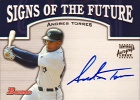
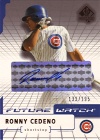
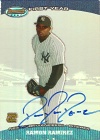
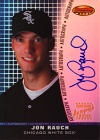
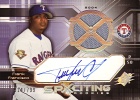
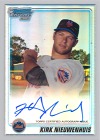
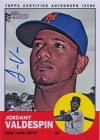
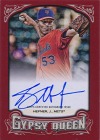
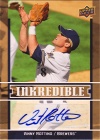
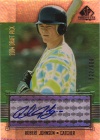
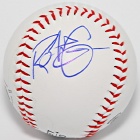
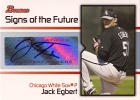
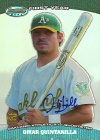
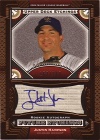
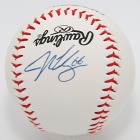
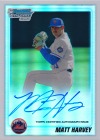
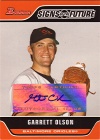
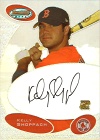
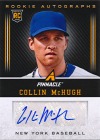
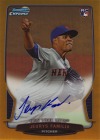
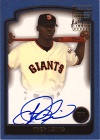
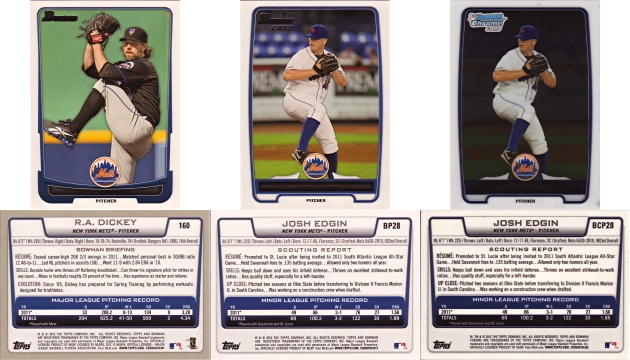
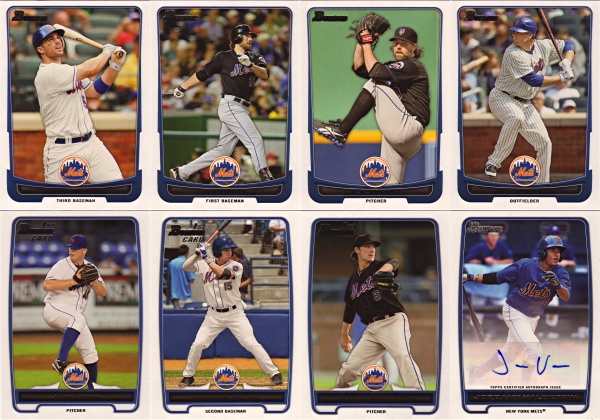
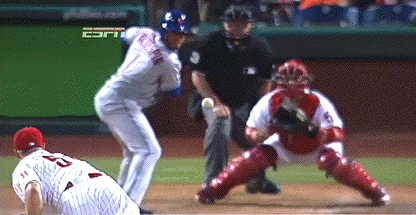
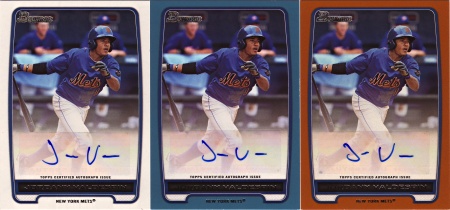
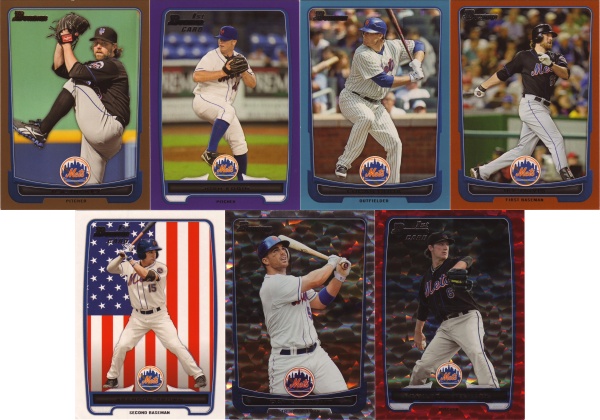
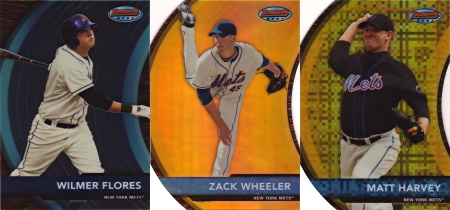 Luckily (or not), you won’t see most of these in a pack. A typical pack will contain one gold parallel card, two Bowman Chrome cards, two prospect cards, and five base cards. Autographs are one per hobby box (and three per jumbo box, not that you can find any). The blue and red wave refractors aren’t in any packs, those are a limited wrapper redemption that I just barely got my wrappers in for before the 10,000 packs were claimed less than a week after the product launched. Like the silver and red ice parallels, the blue and red wave refractors are new parallel styles and look great. It’s nice to see some parallels that aren’t simple color variants or bizarre checkerboard patterns.
Luckily (or not), you won’t see most of these in a pack. A typical pack will contain one gold parallel card, two Bowman Chrome cards, two prospect cards, and five base cards. Autographs are one per hobby box (and three per jumbo box, not that you can find any). The blue and red wave refractors aren’t in any packs, those are a limited wrapper redemption that I just barely got my wrappers in for before the 10,000 packs were claimed less than a week after the product launched. Like the silver and red ice parallels, the blue and red wave refractors are new parallel styles and look great. It’s nice to see some parallels that aren’t simple color variants or bizarre checkerboard patterns.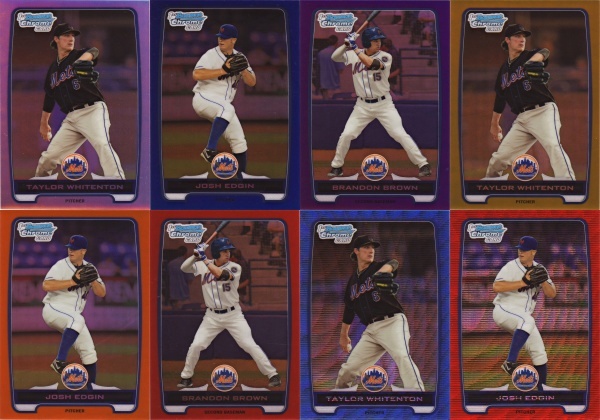
Recent Comments